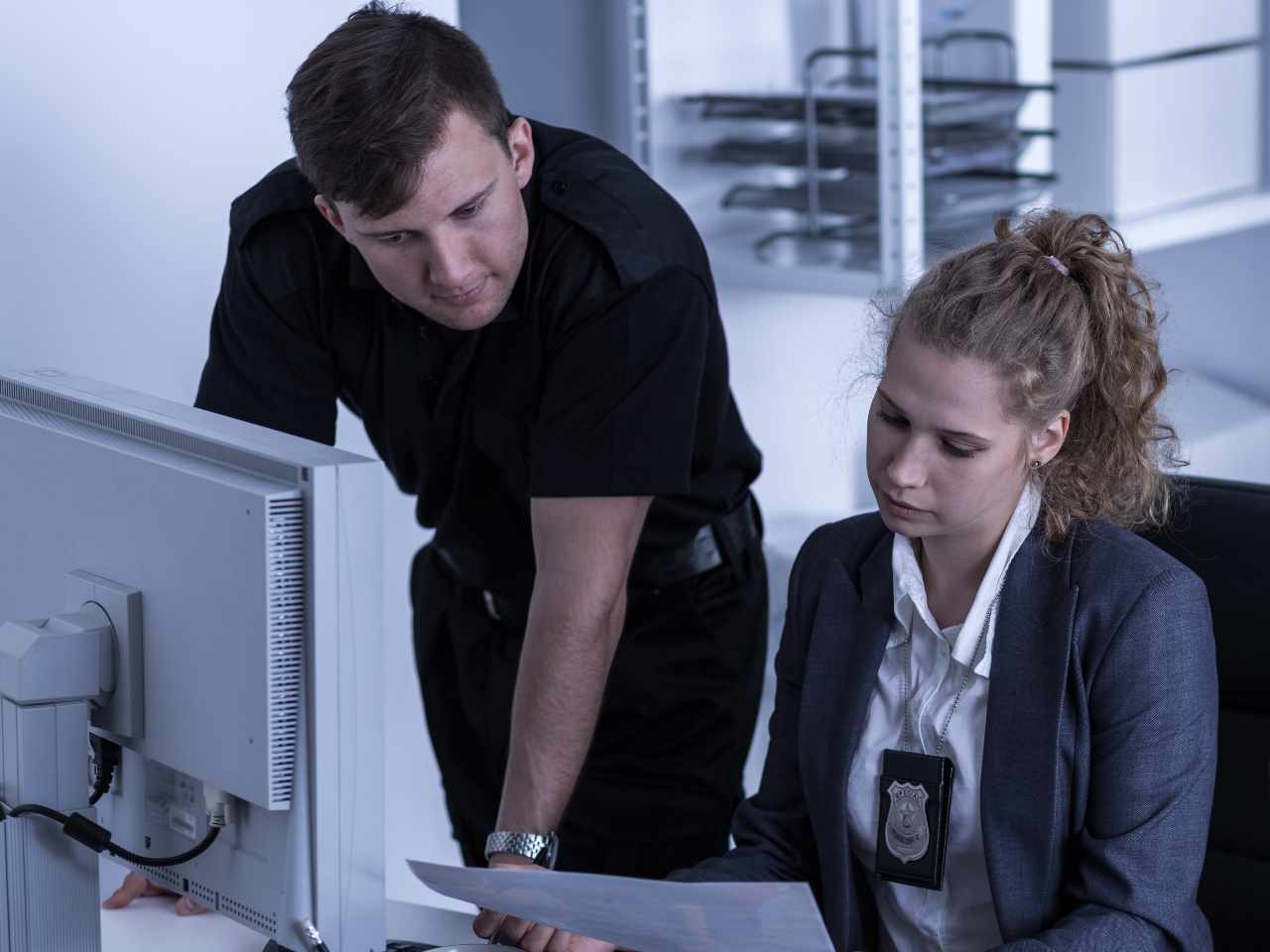Saint Leo Criminal Justice Faculty Weigh In on School Safety
In the wake of the Parkland, Fla. school shooting, Saint Leo criminal justice faculty weigh in on how to protect schools from violent crimes.

In the wake of the Parkland, Fla. school shooting, Saint Leo criminal justice faculty weigh in on how to protect schools from violent crimes.

 In the wake of the Parkland, Fla. school shooting at Marjory Stoneman Douglas High School, discussions have ramped up across the nation on how to better protect schools from potential dangers.
In the wake of the Parkland, Fla. school shooting at Marjory Stoneman Douglas High School, discussions have ramped up across the nation on how to better protect schools from potential dangers.
Two Saint Leo University faculty members who have worked in the field of criminal justice are offering up some ideas on potential safeguards to reduce these tragic incidents.
Dr. Robert Diemer, director of Saint Leo's Department of Public Safety Administration, believes it starts with changing the current environment of many schools.
"We need to use CPTED, which stands for crime prevention through environmental design," Diemer explains. "What this means is designing schools in a way that makes them safer. We can either retrofit schools we already have or use this model when building future schools. We cannot have open campuses. They must have one way in and one way out, and there should be security fences that can't be scaled. There are simple things like this that can be done that aren't as expensive as other options."
Dr. Karin May, a Saint Leo assistant professor of criminal justice who also oversees Dade City, Fla.'s reserve police force and has spent over two decades in the field, recalls a trip her department took with students to Israel.
"Over there, all of the schools are very protected and fenced in," she says. "In the U.S., most of our schools are so accessible to anyone."
Diemer, a former deputy sheriff with over four decades in criminal justice, adds that schools need more of a security presence.
"I think we should look at having police agencies expand their part-time reserve programs," he says. "Retired officers who want to keep their certification and still be attached in some way to an agency would be a great resource for these kinds of programs. The economics of this approach wouldn't be as difficult, either."
May points to Florida governor Rick Scott's idea of having one school resource officer for every 1,000 students at any given school.
"If it would be permissible and the funding is available, I think parents would feel a little more comfortable sending their kids to school under these circumstances," she says.
While he would support adding metal detectors to campuses, Diemer thinks there's a more affordable alternative that may be just as effective.
"A security officer with a wand at the entrance of a school can basically do the same thing," he says.
According to Diemer, educating students on what to do in a catastrophic situation is critical to reducing potential harm.
"Any time you can prepare, plan and practice, you will absolutely and unequivocally save lives," he asserts. "In the Parkland case, there was training that the students had. Students hid and doors were locked, and I know they prevented further damage."
The "run, hide and fight concept" is a tactic that should be used in these situations, he adds.
May offers a little different perspective on lockdown drills.
"I agree with doing these drills, but lots of students who have become active shooters are also being trained for those same drills when they're in school," she says. "So, they kind of know what everyone is going to do. I think the teachers and administration should understand all of these drills, but I don't think everything should necessarily be released to the students as far as all the specifics to such a plan."
President Donald Trump recently made the statement that he thinks a certain percentage of teachers should be armed in the classroom.
"I'm not a big fan of this unless it's done correctly," Diemer says. "You'd have to invest lots of time and money into this. Local or state agencies would really need to develop a type of academy program that teachers would go through where they'd receive intensive training, a thorough background check and a psychological evaluation. They would have to be vetted in the same way new police officers are vetted."
May feels those who possess concealed weapons can sometimes be spotted.
"If you arm teachers who aren't as familiar with firearm safety, you make the faculty more of a target," she says. "I also think when people carry concealed weapons, they sometimes tend to 'baby' them in their pockets so it almost makes it more obvious who has one and who doesn't. Students would pick up on this." Like May, Diemer believes it's wise to explore how other countries protect their schools. "This issue isn't new to criminal justice globally, but it is a newer concept here in the U.S.," he says.
From his standpoint, showing kids how police officers are role models at an early age is essential to changing how some youth perceive law enforcement in the first place.
"We need to make sure we put some of our best officers in schools because students should be exposed to what officers truly represent from a young age," Diemer says. This way, I think they will respect them more when they grow up."